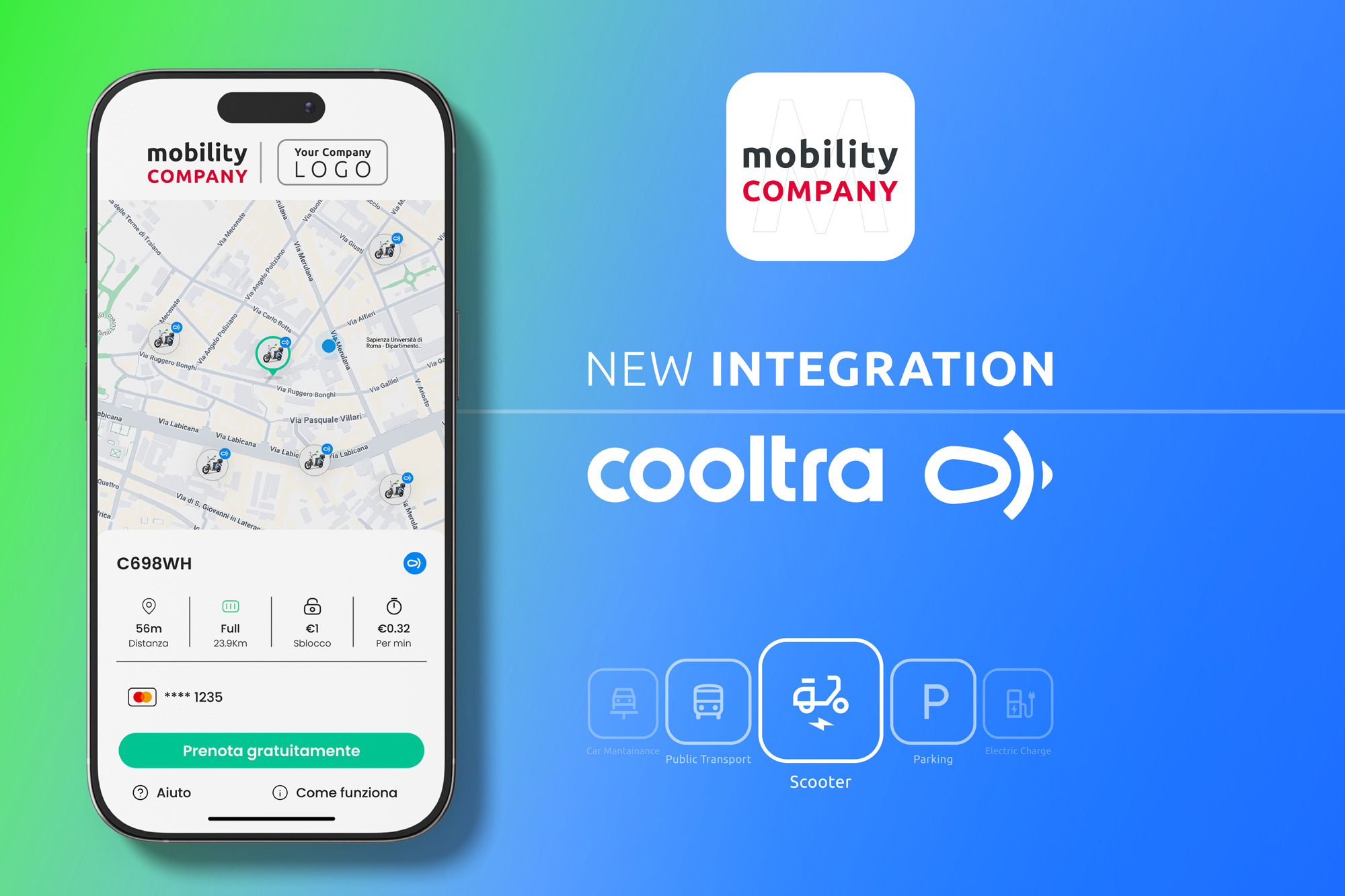The concept of “Mobility as a Service” or “MaaS” is central to the idea of change in transportation. Generally understood as a vision of future mobility where travel happens through a combination of public, private and shared transportation modes, it remains an ambiguous term, originated from the private sector and often misunderstood, which complicates discussions about MaaS and its implementation.
This white paper aims to demystify MaaS, its key stakeholders and primary objectives. In doing so, it hopes to encourage a wider discussion about the role that transit agencies – the backbone of mobility – must play in driving MaaS forward and the unique density that only the transit mode brings. Current discourse around MaaS, predominantly dominated by commercial mobility service providers, propagates a vision of MaaS that does not adequately address the wider objectives of a city or a region; these are core values and objectives that have always been part of transit’s equity mission. If MaaS is to truly make a difference and make transportation better, faster, more connected and more personal, we must think carefully about the role that transportation plays in our society and all of the people it serves. This paper proposes an alternative definition of MaaS, one that reflects on the true nature of the concept and one that places public transit at the heart of future MaaS efforts.
It also discusses profound trends taking place on the urban, technological and social layers that make MaaS applicable to today’s transportation landscape and drive the discussion about the need for MaaS solutions forward, particularly as we address the current state of our infrastructure, its capacity and funding. On the backdrop of profound shifts taking place in each of the three layers, MaaS can become the remedy to the issues that plague our cities, the answer to the challenges brought about by the technological revolution of the 21st century and the context for the new trends in consumption – but only if it is properly implemented, responsibly managed and well executed. Such an approach to MaaS presents the transit industry with a unique opportunity to bring value where it can’t be found today, offering benefits to consumers, communities and cities, as well as to the transit agencies themselves, and in doing so makes the important point that people don’t choose to ride the train or the bus, they make journeys.
[…]
Read the full White Paper on Cubic’s website here.



